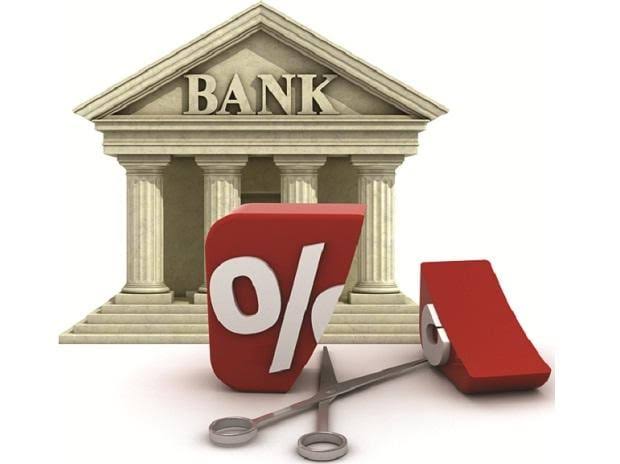By Zion Rufus
Economies with vulnerabilities like low creditworthiness are highly susceptible to additional shocks, with growth projections for 2023 being less than half of what they were a year ago.
The global economy is now in a fragile state, far from the dynamism required to address poverty, climate change, and human capital replenishment.
The latest report from the World Bank reveals a significant slowdown in global growth and increasing financial risks in emerging market and developing economies (EMDEs) due to elevated global interest rates.
The projected global growth rate for 2023 has been revised down to 2.1%, with EMDEs, excluding China, expected to experience a slowdown to 2.9%. These downward revisions affect a majority of EMDEs and advanced economies, raising concerns about poverty reduction and job creation.
EMDEs face growing risks, as a quarter of them have lost access to international bond markets due to tightening credit conditions.
Trade is projected to grow at a fraction of its pre-pandemic pace, debt pressures are mounting in emerging markets, and fiscal weaknesses have pushed low-income countries into debt distress.
The cumulative impact of the pandemic, the Russian invasion of Ukraine, and the global economic slowdown has dealt a long-lasting blow to EMDEs, with economic activity expected to remain about 5% below pre-pandemic levels by the end of 2024.
Per capita incomes in more than a third of low-income countries will still be below 2019 levels in 2024, exacerbating extreme poverty. Developing economies, burdened by weak growth, high inflation, and record debt levels, are facing numerous challenges. There is a pressing need for timely action by policymakers to prevent financial contagion and mitigate domestic vulnerabilities.
Advanced economies are also affected, with growth forecasted to decelerate in 2023 and remain weak in 2024. The U.S. economy is expected to slow to 0.8% in 2024 due to the lingering effects of rising interest rates, while the euro area is projected to experience a slowdown to 0.4% in 2023.
The report highlights the adverse financial effects of U.S. interest rate increases on EMDEs, particularly countries with greater economic vulnerabilities. Frontier markets, characterized by less developed financial markets and limited access to international capital, face significant increases in borrowing costs.
The report additionally underscores the fiscal challenges faced by low-income economies, as rising interest rates have exacerbated their fiscal positions over the past decade.
With public debt averaging around 70% of GDP and limited government revenues, interest payments are consuming a larger share of resources. Fourteen low-income countries are already in or at high risk of debt distress.
These economies struggle with rising spending pressures and are more susceptible to distress caused by adverse shocks, given their limited social safety nets.
Overall, the global economy is on a precarious footing, with the burden of high interest rates weighing heavily on various economies. Urgent measures are needed to address these challenges and safeguard economic stability, poverty reduction efforts, and sustainable development goals.







Comment
No comments found.